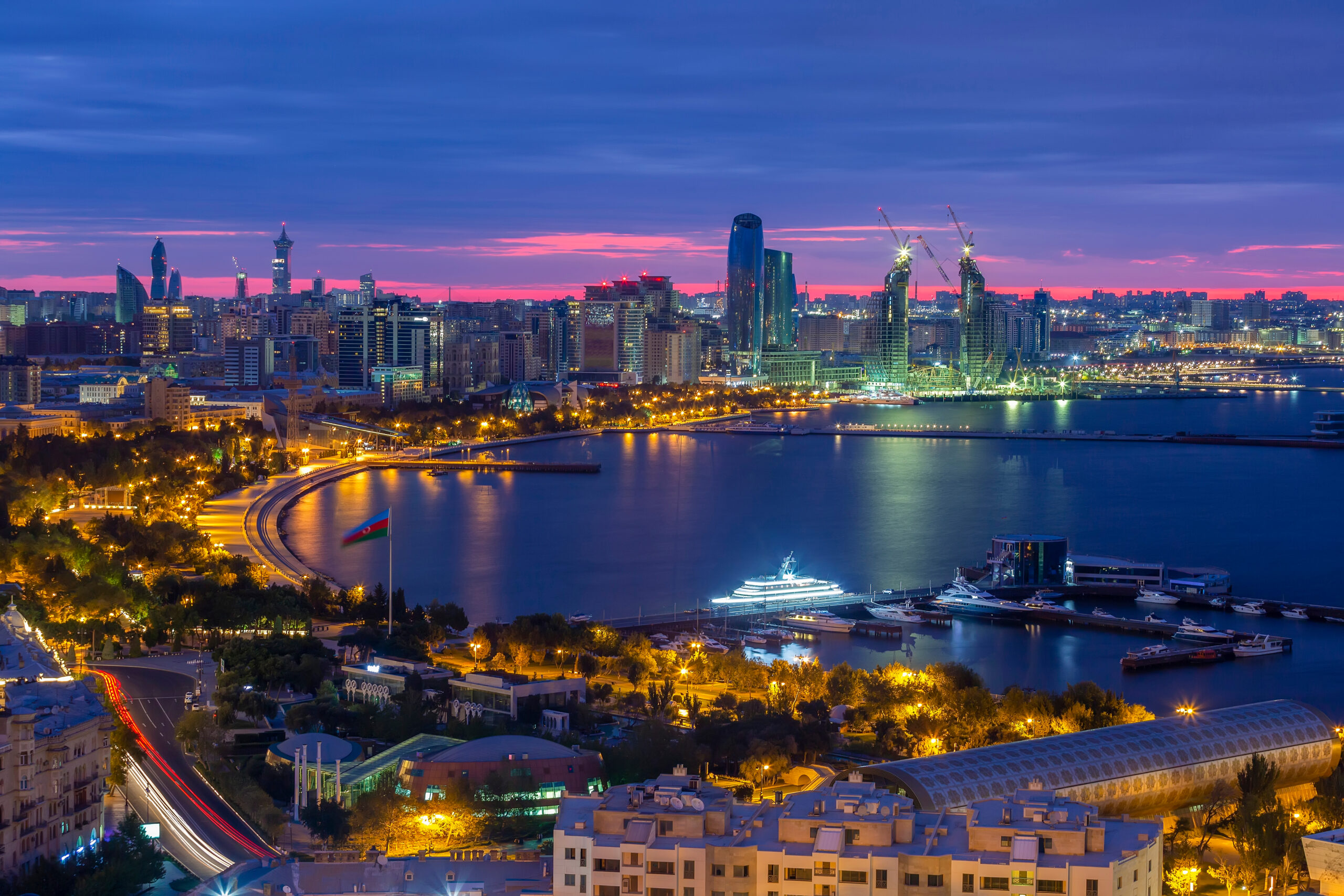Convincing mayors and local governments of the need for exhibitions is the first step on the long road to establishing an exhibition as a fixture on the city’s local calendar. The world’s most celebrated shows are very often those which are truly embraced by the city in which they are based, and in many cases the event comes to define the city, commonly beyond the period in which the show holds tenancy.
Because of popular demand, tourism hotspots tend to have a combination of strong local amenities, direct flight routes, efficient public transport, a culture of hospitality and ultimately the capacity to leave a lasting impression on visitors; important factors in the success of an international exhibition.
This was why the 130,000-strong crowd of Comic-Con International attendees, and the pop culture show’s management, were so keen to see San Diego retain the event. “When Comic-Con comes to town, visitors feel like they own downtown, and that’s an experience you wouldn’t get elsewhere,” notes Steve Johnson, VP of public affairs at the San Diego Convention Center (SDCC).

San Diego Tourism Authority (SDTA) officials say Comic-Con is the city’s largest annual event, attracting 130,000 visitors to the city with a direct spend of US$80.4m (£51.4m) in the metropolitan area itself and $135.9m in the surrounding region. This figure includes $25m in retail income and $40m in restaurant revenue and transportation.
However, in 2010 a dark cloud loomed over the event as the world knew it, at home on the bayside in San Diego. Limitation on space, and therefore visitor numbers at the SDCC, had kept the show from growing beyond 125,000 people a year since 2007, prompting the organiser to consider moving the show to Anaheim, Las Vegas or Los Angeles after the original SDCC lease expired.
Strenuous efforts were made to enable the event to remain in San Diego until 2015. Local expansion plans valued at $520m were put in place and approved, the culmination of a multi-year planning process to increase public access to the waterfront, activate an underused part of downtown San Diego’s waterfront and meet the demand for an expanded facility. The plan was to add 20,900sqm of exhibition space, a 7,432sqm ballroom, five-acre rooftop park and 500 additional rooms for the Hilton San Diego Bayfront Hotel.
In its struggle to secure the coveted Comic-Con, a non-profit body called the Tourism Marketing District (TMD) even offered the event’s organiser $500K in perks to stay in San Diego. They were adamant the show had to remain on the bay, its spiritual home since the pop-culture exhibition started almost 45 years ago.
The combined efforts of the TMD, SDTA and SDCC, and a legion of fans, did not go unheard. Eventually San Diego’s tourism lobby emerged successful after the city won its bid to continue hosting Comic-Con, which at the time of writing it will host until 2018.
Comic-Con’s director of marketing and public relations, David Glanzer, said at the time: “We are grateful for the tireless efforts all three cities put into their proposals. In the end, we feel this decision is the best for all those who attend Comic-Con and for the organisation itself. We are happy that the community has worked with us to ensure that we remain here.”
“If you still don’t understand how much Comic-Con means to San Diego let me phrase it this way; more Superman means more super streets, more lightsabers means more library hours,” San Diego Mayor Kevin Faulconer told the press in 2015, the year the show’s contract was due to expire.
Carol Wallace, president and chief executive of the SDCC Corporation, was understandably relieved: “We have had a successful partnership since 1991 and we look forward to continuing our shared success.”
“Comic-Con is a long-standing civic treasure and a cultural icon for San Diego,” confirmed SDTA president and chief executive Joe Terzi, as if any doubt remained.
The same can be said for Reed Midem’s events at the Palais de Festivals in Cannes. In a former life I worked as a reporter in the television industry, and I can vouch for the fact that while business meetings are facilitated through exhibitions in the Palais, most of the deals are finalised and signed in cafes along the Croisette, the iconic promenade that runs from the Palais to the Marina. Because while it’s nice to meet face to face, after a while we need to relax and take a look around.

Prague is a place where many of the industry’s observers would expect to see greater success for the exhibition industry. Hotels are affordable, groups are easily accommodated, amenities are good and the city is remarkably beautiful. But as Jan Novotny, then president of the Czech exhibition association SOVA, pointed out to me, investors are put off holding exhibitions in Prague because “there is neither support from city hall or the state.”
And this is where the need to persuade the local authorities becomes so apparent. They are outside our industry, and yet they play such an integral role in the genesis of any successful international event. Perhaps they forget that a tourist in a suit typically spends four times a much as one wearing sandals and a sunhat. Business tourism is hugely lucrative, as the free-spending 130,000 people who attend San Diego’s jewel in the crown would attest.
Economic impact generates influence. If an industry wants to exert influence and attract investment from local, regional or national government, or from private investors, it has to compete with other industries for attention. An economic impact study provides a basis for comparing one industry to another in generating employment and contributing to GDP. In challenging economic conditions a clear view of the economic impact of any industry becomes all the more important when there is competition for dwindling financial resources.
Vivid Interface’s Geoffrey Dixon points out that to develop an understanding of the economic impact of the exhibitions industry it is important to first define what the industry actually is. Does it consist of consumer exhibitions and trade shows of a certain size or visitor numbers? In the UK for example, there are thousands of small one-day antique fairs. Do we count them in the economic impact or are we looking at events of say 2,000sqm?
“Once we have defined the scope of the industry we are then examining two distinct elements in the analysis process,” he says. “The first is primary data collection. This is market research that enables us to develop an understanding of the revenue earned and costs incurred in making exhibitions happen.”
In the UK, Dixon does this by conducting research surveys with exhibitors, organisers, venues and visitors to develop averages for revenues and costs.
His second component is econometric modelling, a process by which he takes input and output models based on government statistics covering business and consumer tourism, salaries and the multiplier effects of economic activity, a process he conducts in partnership with a company called Oxford Economics.
In essence, Dixon maintains that there are three levels of economic impact that exhibitions have in the economy: direct impact, indirect impact and induced impact.
It is, however, possible to examine impact on a more local level. For example, Madrid venue and organiser IFEMA was able to report that CPhI, the peripatetic pharmaceuticals trade show organised by global organiser UBM, generated revenues for Madrid’s service sector totalling more than €150m (US$203m).
In the UK, a study conducted by Vivid Interface including both visitors and exhibitors, established that the five-day consumer peripatetic outdoor sports show CLA Game Fair was able to generate €31m in revenue for local shops, hotels, restaurants and other services.
And if the significance of an event’s ability to draw money into an economy is clear and measurable, then it stands to reason that the absence of the necessary infrastructure required by a show is equally measurable.
The lack of a world-class convention centre in Sydney, according to the premier of New South Wales Barry O’Farrell, had cost the city AUS$150m (US$144m) in lost business and economic impact over the four years leading to 2013. This loss of revenue was a key factor in the decision then made to develop the Sydney International Convention Exhibition and Entertainment Precinct.
“Nationally, the exhibition industry in many countries will generate an economic impact of billions of euros,” says Geoffrey Dixon. “This can and should influence investment in supporting this important industry that provides an essential lubricant to the wheels of commerce and, importantly, jobs.”


Leave a Reply